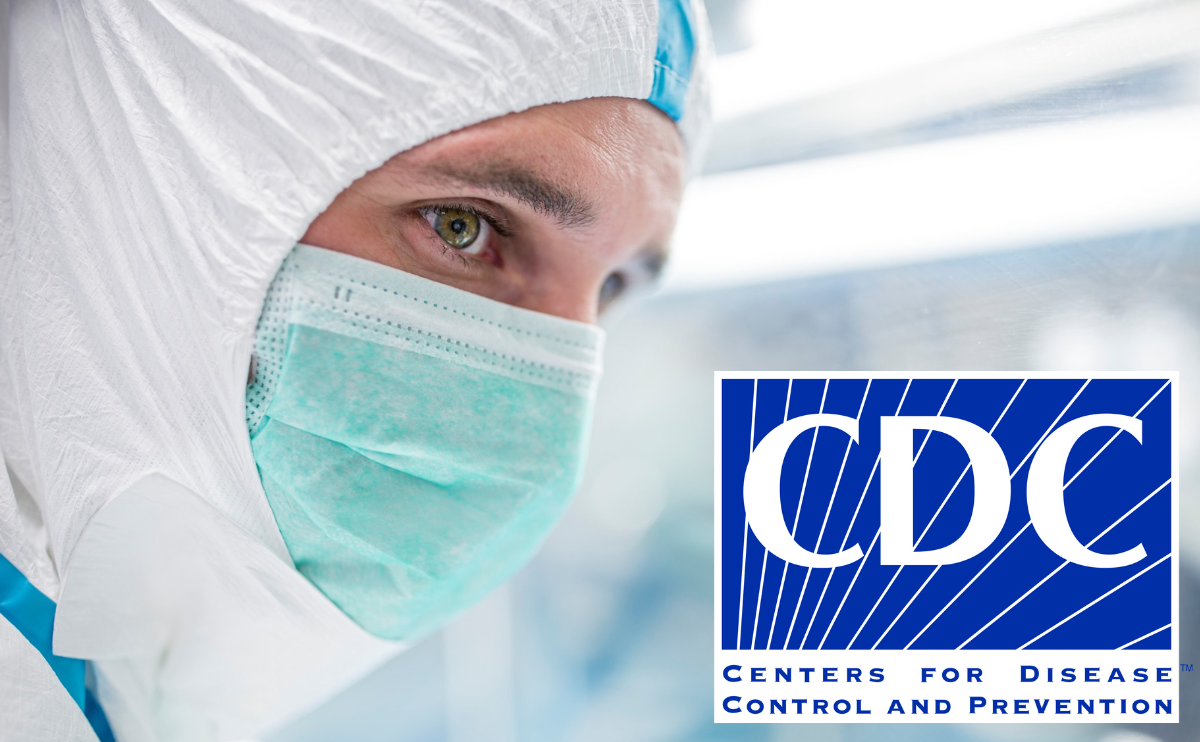Blog
USDA/CDC Announces Biosafety Plan Requirements

The USDA/CDC has announced the following directive affecting many around the nation.
9 CFR 121 – 12(a)(3) – Biosafety: General Moderate An individual or entity required to register under this part must develop and implement a written biosafety plan that is commensurate with the risk of the select agent or toxin, given its intended use. The biosafety plan must contain sufficient information and documentation to describe the biosafety and containment procedures for the select agent or toxin, including any animals (including arthropods) or plants intentionally or accidentally exposed to or infected with a select agent.
The current biosafety plan must be submitted for initial registration, renewal of registration, or when requested. The biosafety plan must include the following provisions: Written procedures for each validated method used for disinfection, decontamination or destruction, as appropriate, of all contaminated or presumptively contaminated materials including, but not limited to: Cultures and other materials related to the propagation of select agents or toxins, items related to the analysis of select agents and toxins, personal protective equipment, animal caging systems and bedding (if applicable), animal carcasses or extracted tissues and fluids (if
applicable), laboratory surfaces and equipment, and effluent material. The procedures described in SOP ACS-417 (“Identification and Disposal of Dead Research Animals”) for decontamination of carcasses in the autoclave in registered laboratories do not include the maximum validated carcass load for the autoclave cycle (i.e., number or weight of mice).
Provide a validated procedure stating the maximum carcass load that can be placed in a single autoclave run, whether as an update to ACS-417 or a separate written protocol.
